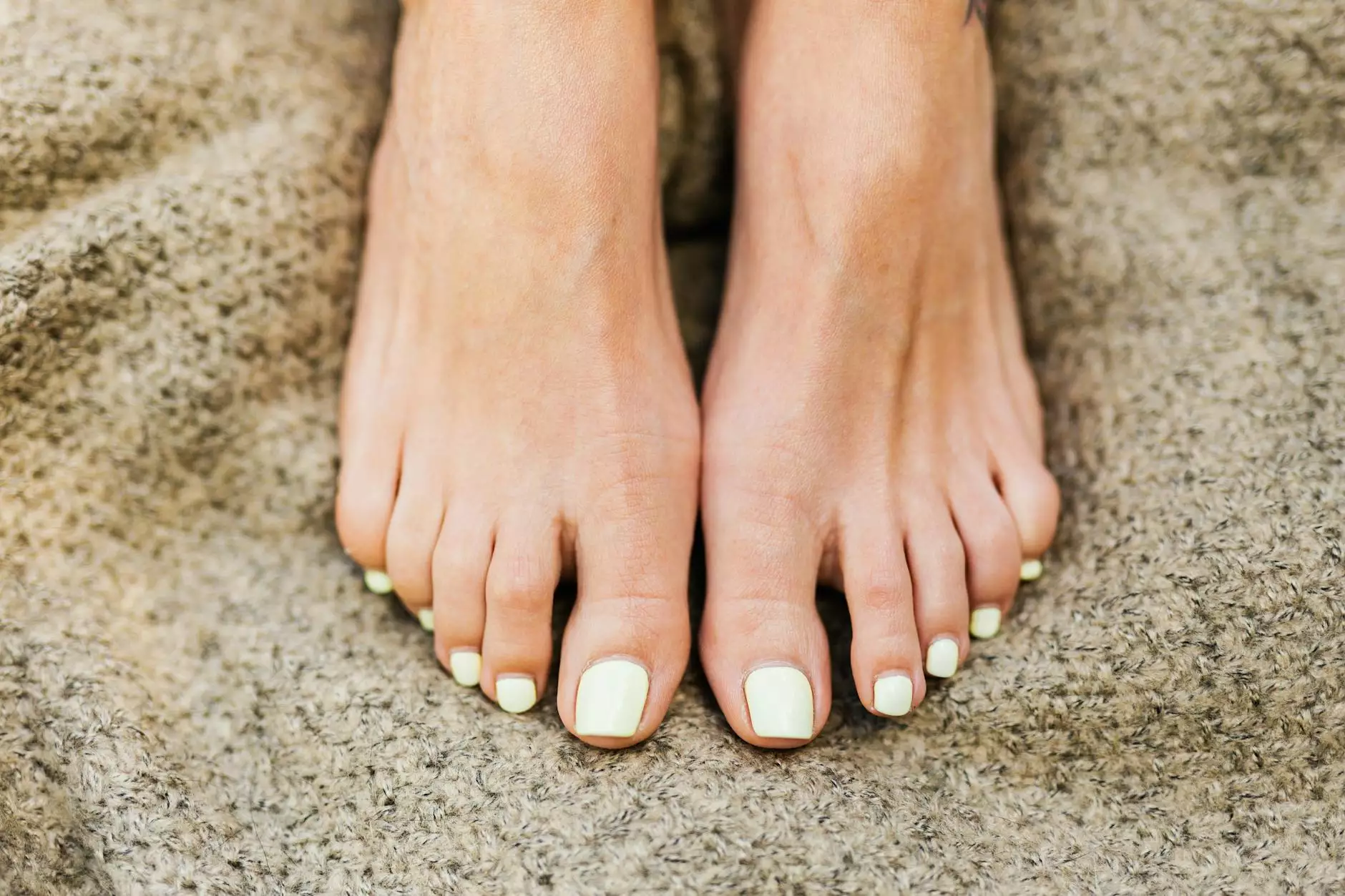Is Hammertoe a Deformity?
Orthopedic Surgery
Welcome to Bowling Orthopaedics, your trusted source for orthopedic information and treatments in the field of health. In this article, we will discuss the frequently asked question - Is Hammertoe a Deformity? Let's dive into the details and provide you with comprehensive insights about hammertoe.
Understanding Hammertoe
Hammertoe is a common foot condition that causes the toes to bend or curl downward instead of pointing forward. It mainly affects the second, third, or fourth toe, and can be classified into two types:
- Flexible Hammertoe: This type of hammertoe is characterized by the ability to still move the affected toe at the joint.
- Rigid Hammertoe: Rigid hammertoe, on the other hand, causes a stiff joint making it challenging or impossible to move the affected toe.
Causes of Hammertoe
Now that we have a basic understanding of hammertoe, let's explore the underlying causes:
1. Imbalanced Muscles and Tendons: An imbalance in the muscles and tendons surrounding the toe joint can lead to hammertoe. Certain factors such as a high arch, flat feet, or an inherited foot structure can contribute to this imbalance.
2. Ill-Fitting Shoes: Tight, narrow, or high-heeled shoes can exert unnatural pressure on the toes, pushing them into a bent position and increasing the risk of developing hammertoe.
3. Toe Injury: Trauma or injuries to the toe can lead to the development of hammertoe. Stubbing, jamming, or breaking a toe can alter its structure and cause it to bend abnormally.
4. Arthritis: Certain forms of arthritis, such as rheumatoid arthritis, can cause joint inflammation and deformities including hammertoe.
Symptoms and Complications
Identifying the symptoms of hammertoe is crucial for seeking appropriate treatment. Common symptoms include:
- Pain or discomfort in the affected toe when wearing shoes
- Corn or callus formation on the top, side, or bottom of the toe
- Restricted or painful movement of the toe
- Inflammation, redness, or swelling in the affected area
- Difficulty finding comfortable shoe options
If left untreated, hammertoe can lead to complications such as:
- Metatarsalgia: The abnormal toe position can cause increased pressure on the ball of the foot, resulting in metatarsalgia - a condition characterized by pain and discomfort in the front part of the feet.
- Toe Contracture: Over time, the bent toe can become more rigid and difficult to straighten, leading to a permanent deformity known as toe contracture.
- Open Sores or Ulcers: The chronic rubbing and friction caused by hammertoe can lead to the development of open sores or ulcers, which may become infected if not properly cared for.
Treatment Options
The good news is that there are various treatment options available to manage hammertoe. The choice of treatment depends on the severity of the condition and individual factors. Here are some commonly recommended approaches:
1. Non-Surgical Treatments
Non-surgical treatments are typically considered as the initial approach to treating hammertoe. These may include:
- Wearing proper footwear: Ensuring you wear shoes that provide adequate space, support, and comfort can help alleviate symptoms and prevent further progression of the condition.
- Orthotic devices: Custom-made shoe inserts or orthotics can help reposition the toe and relieve pressure, enhancing foot alignment.
- Toe exercises: Strengthening and stretching exercises can improve muscle balance and flexibility in the toes.
- Padding or taping: Using moleskin or adhesive tape to cushion the affected toe may help reduce pain and prevent corn or callus formation.
- Medications: Over-the-counter pain relievers or anti-inflammatory drugs can help manage pain and inflammation associated with hammertoe.
2. Surgical Treatments
If non-surgical treatments do not provide relief or the condition is severe, surgical intervention may be recommended. Surgical options for hammertoe include:
- Tendon or ligament surgery: This procedure involves releasing or lengthening the tight tendons or ligaments causing the toe deformity.
- Joint resection: In cases where the toe joint is too stiff to move, part of the bone within the toe may be removed.
- Arthroplasty: This surgical technique involves removing a portion of the bone to realign the toe and correct the deformity.
- Joint fusion: In severe cases, fusing the toe joint may be necessary to create stability and alleviate pain.
It is essential to consult with a qualified orthopedic specialist to determine the most suitable treatment plan based on individual circumstances.
Prevention Strategies
While hammertoe may not always be preventable, adopting certain preventive measures can help reduce the risk of developing this condition:
- Choose proper footwear: Opt for shoes that provide ample space for your toes, have a wide toe box, and offer good arch support.
- Avoid high heels: Limit the use of high-heeled shoes or opt for lower-heeled alternatives to minimize foot strain and pressure on the toes.
- Wear shoe inserts or orthotics: Custom-made inserts can help distribute pressure evenly and improve foot stability.
- Perform toe exercises: Regularly stretching and strengthening your toes can promote muscle balance and prevent imbalances.
- Maintain a healthy weight: Excess weight puts additional strain on your feet, increasing the risk of foot conditions such as hammertoe.
Conclusion
In conclusion, hammertoe is indeed a foot deformity that deserves attention and proper management. By understanding the causes, symptoms, and available treatment options, you can make informed decisions regarding your foot health. Remember to consult a medical professional, such as the experts at Bowling Orthopaedics, for an accurate diagnosis and personalized treatment plan. Don't let hammertoe hinder your mobility and overall well-being - take control and find effective solutions!
For more information and assistance, reach out to Bowling Orthopaedics, your trusted source for orthopedic care and expertise in the field of health.




